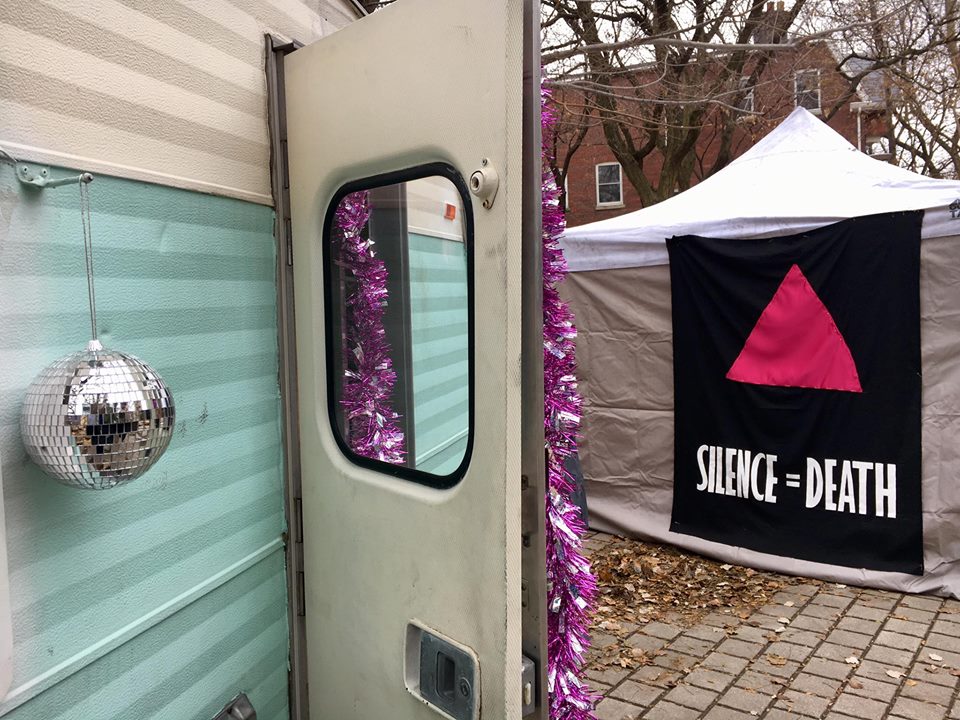In 2001, Portugal decriminalized drugs and the country saw a dramatic drop in the prevalence of societal ills like petty theft, drug trafficking and public intoxication that come along with the illicit drug trade. Along with this legal shift, the country upped funding for harm-reduction work with those addicted to drugs, including clean needle exchanges, better access to counselling and other services to support those looking to overcome addiction.
As a result, the country has seen drug use levels below European averages, a massive decline in drug use in youth aged 15-24, a drop in criminal activities associated with drug use and injection, and a decline in new HIV cases among drug users. While many look at Portugal’s move as radical, slowly, more countries are pushing for harm reduction and decriminalization as a way to fight the ills associated with drug use, including Canada.
You may unsubscribe from any of our newsletters at any time.
Although many may associate safe injection or harm reduction with enabling drug use, harm reduction has been proven to help people get clean, and the positive effects snowball from there. It has been shown to benefit people who use drugs, their families and the wider community. As a practice, it refers to policies, programs and practices that target the adverse health, social, and economic outcomes of the use of legal and illegal psychoactive drugs without necessarily lowering consumption.
https://www.facebook.com/TorontoOPS/posts/376087319589978
“When you go to a site and get your clean needles or naloxone kits (the anti-overdose drug widely available in Canada), you can also get information of where you can get support and treatment to get rehab,” says Toronto-based social worker Brittney Parkes. Parkes works as a youth councillor in Toronto, counselling teens and young adults on harm-reduction methods, including condom use and accessing safe-injection sites, and has volunteered in the city’s landmark (and somewhat contentious) injection site, Moss Park.
“You can literally be injecting right beside someone else and be talking about going to rehab together. Instead of doing it by yourself, you’re around other people that want to support you. Creating these spaces has more of a positive impact than just decreasing harm,” she says.
And statistics back up Parkes’ statement. According to CATIE, the Canadian source for human immunodeficiency virus (HIV) and hepatitis information and prevention, people who inject drugs are 59 times more likely to get HIV in Canada — 13 percent of new infections are acquired annually through injecting drugs with dirty needles. Health-care costs for those living with HIV were estimated in a 2011 report to top $250,000 in a lifetime. According to the Harm Reduction Coalition, sterile syringes often cost less than a dollar.
And beyond the dollars and cents of health care, giving people access to safe spaces free from judgment can also help decrease policing costs, lower the prevalence of sex trafficking and get more people back into the workforce, says the Canadian Harm Reduction Network. But, as Parkes points out, it’s important for all Canadians to drop the intersecting stigma around drug use, mental health and harm reduction.
“We need to start educating people on what harm reduction is,” Parkes says. “I’d like to see it be part of the education system so that the stigma can be lifted about people accessing these drugs. It’s not about, ‘there’s a reason why people do drugs.’ It’s more than just getting high. It’s an emotional thing. Some of the reasons people access drugs is a psychological thing. And if we lift that stigma, more people would know where to get these [naloxone] kits.”
Although it’s up to politicians to change laws and invest in harm-reduction work, it is also important that the public asks their representatives for bigger investments in harm reduction, mental-health support and the decriminalization of drugs. And for Parkes, that starts with a general shift in perception. “Harm reduction doesn’t force people to do drugs,” she says. “And if we got people to understand that, [harm reduction] would become more successful.”














